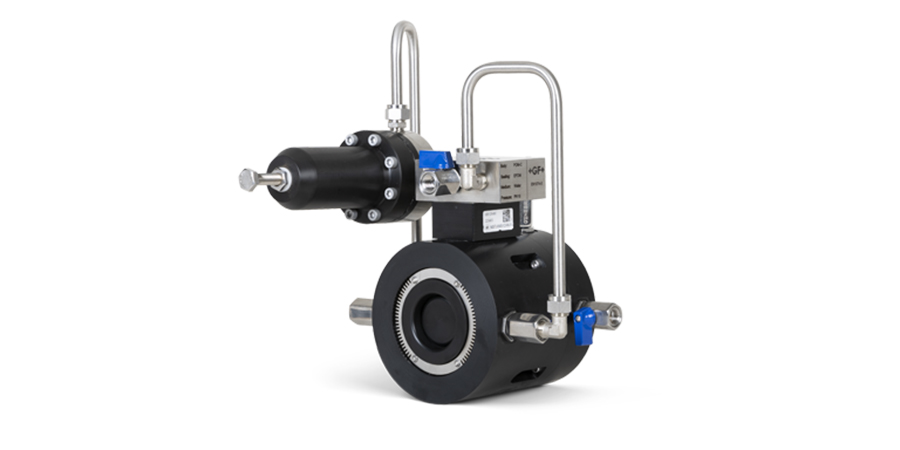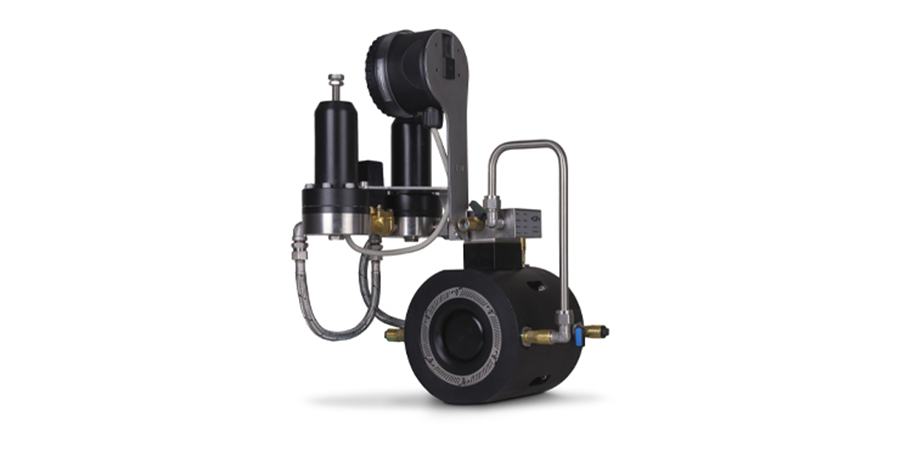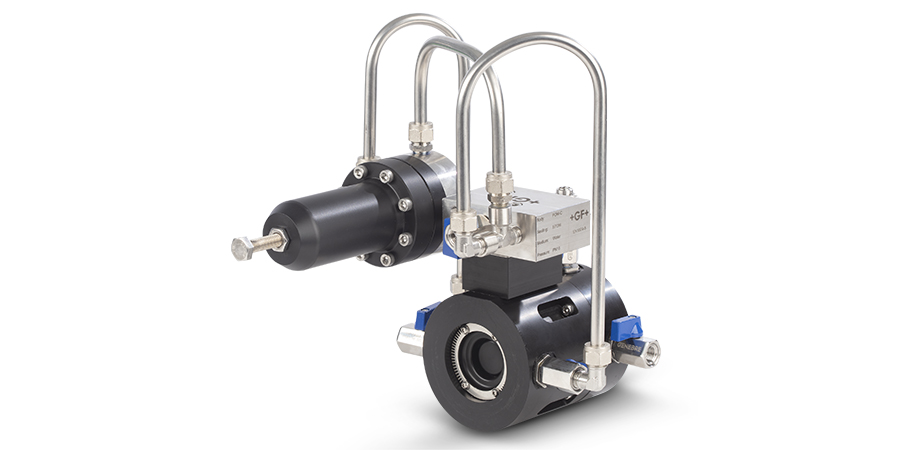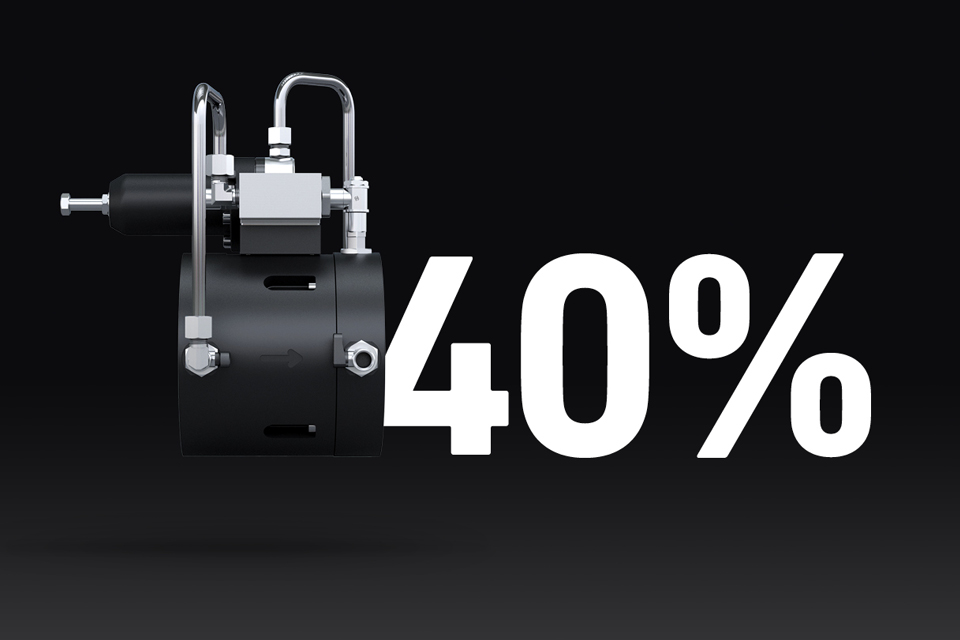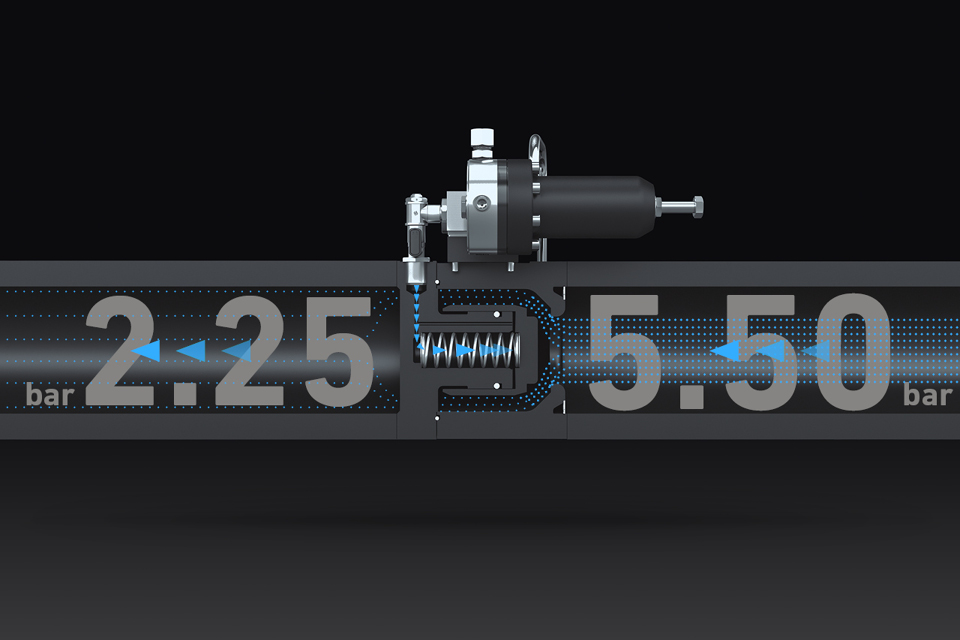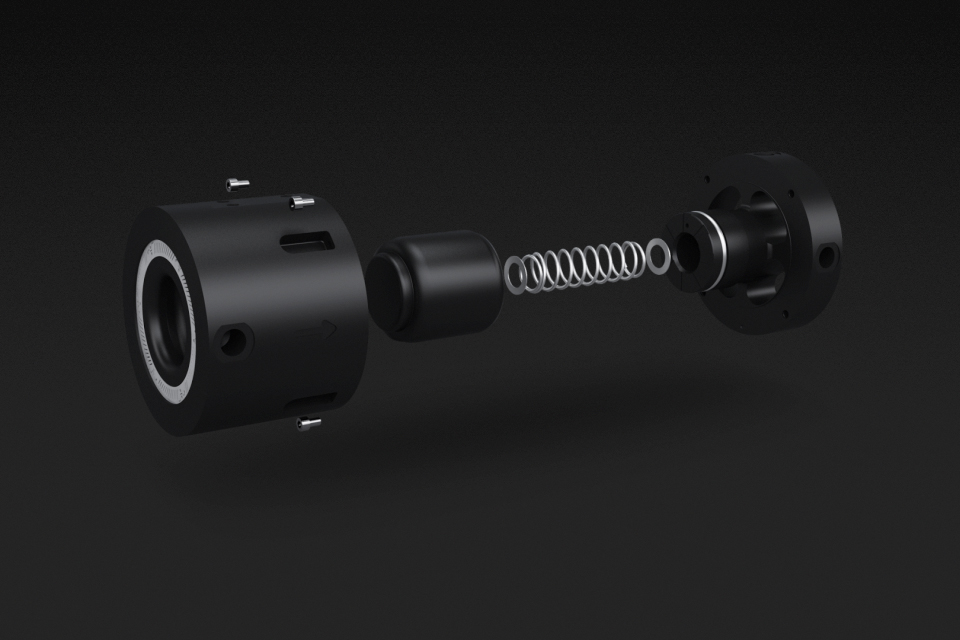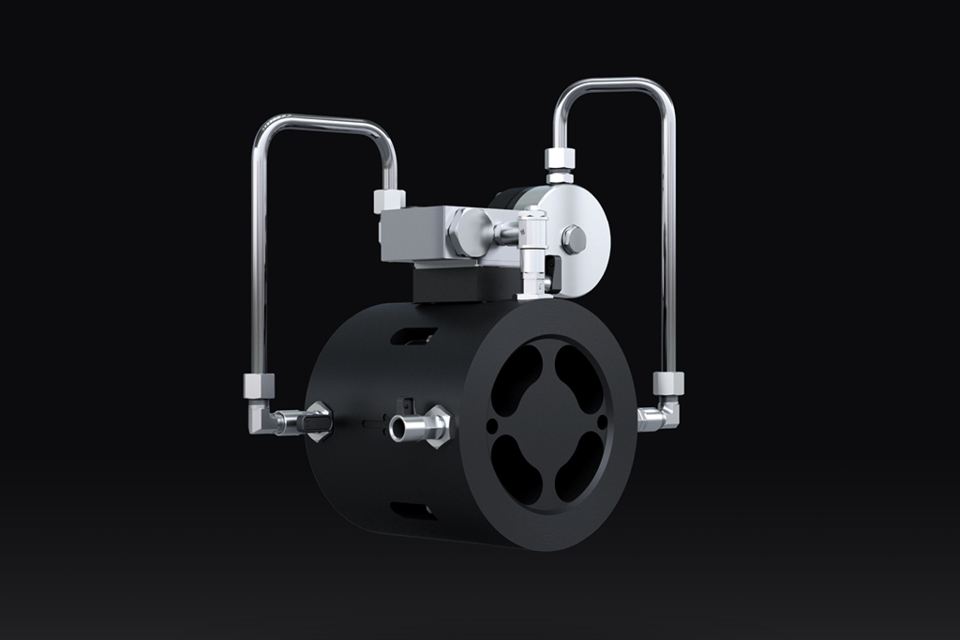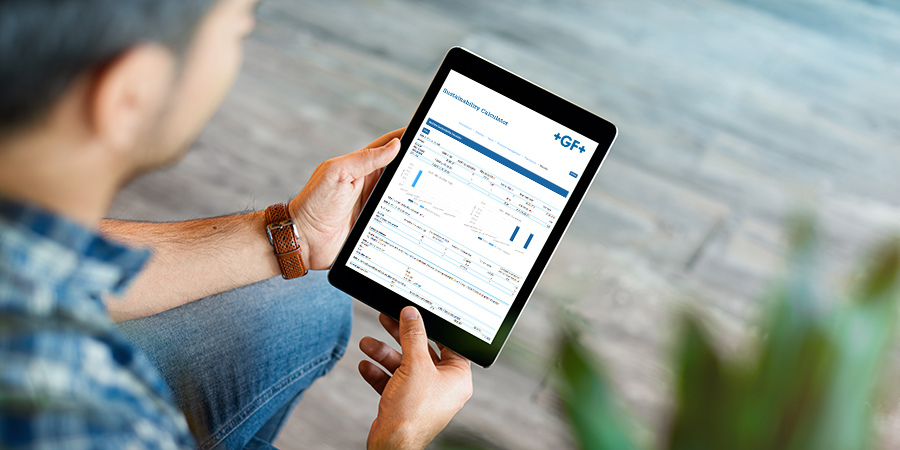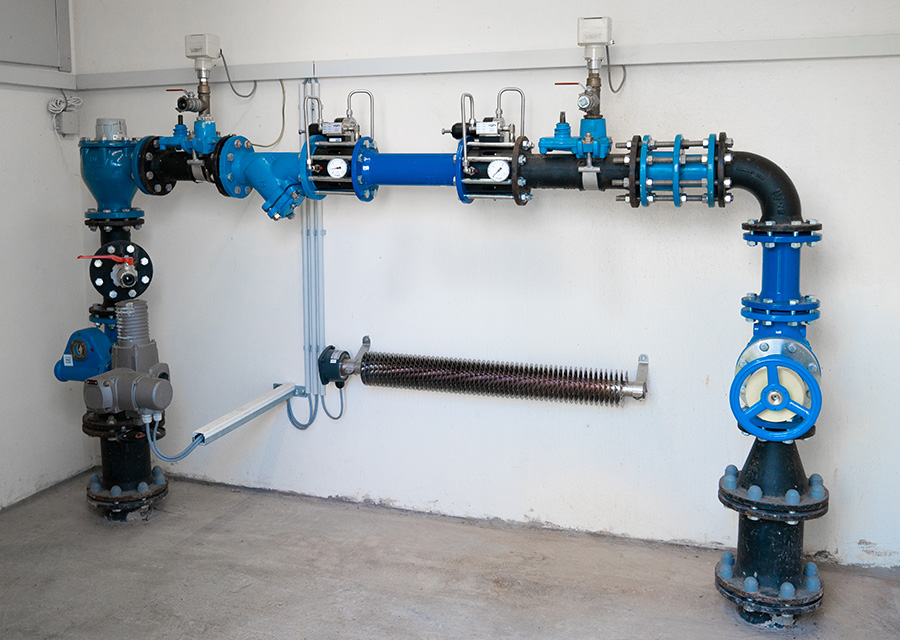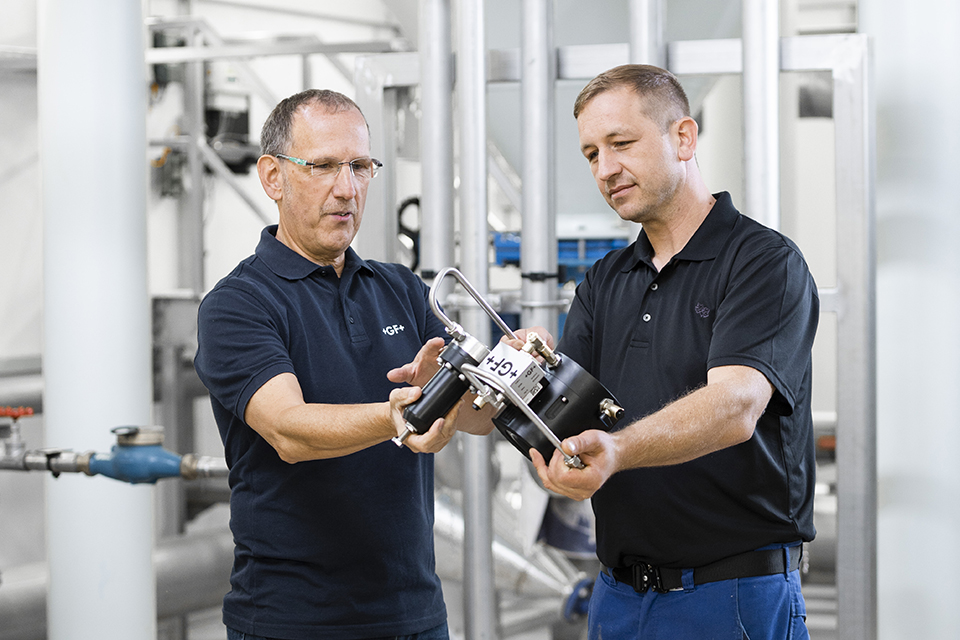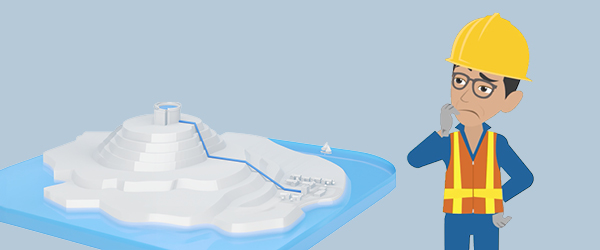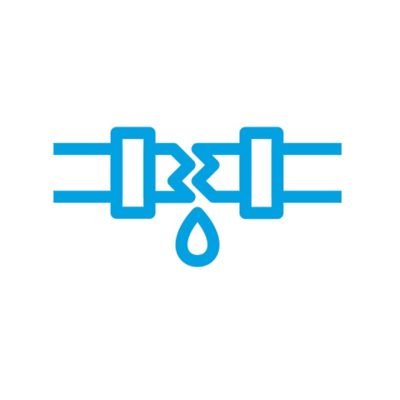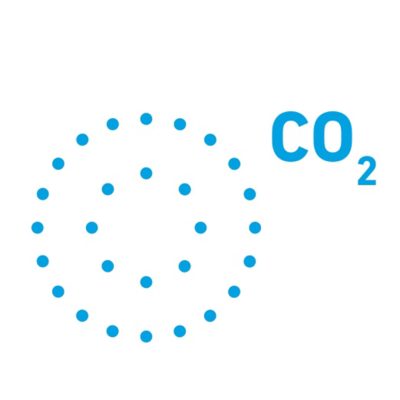To provide the optimal solution, we need to consider several key factors:
1. Understanding the System and Needs: It's essential to have a comprehensive understanding of the water distribution system and the specific requirements of the project. This includes identifying the goals, challenges, and unique characteristics of the system.
2. Gathering Necessary Data: Collecting accurate data is crucial for making informed decisions. This includes:
- Maximum and minimum inlet pressure
- Maximum and minimum flow rate
- Desired outlet pressure
- Pipe dimensions
3. Observing Extreme Situations: It's important to account for extreme conditions, such as periods of very high or very low water consumption. This helps ensure the system can handle peak demands and maintain performance during low usage periods.
4. Considering External Factors: Various external factors can impact the performance and longevity of the system. These include:
- Position and Place of Use: The location of the system can affect its design and operation. For example, urban vs. rural settings may have different requirements.
- Water Quality: The quality of the water being distributed can influence the choice of materials and maintenance schedules.
- Temperature: Temperature variations can affect the pressure and flow rates within the system, so it's important to consider the local climate.
By thoroughly evaluating these factors, we can design and implement a solution that meets the specific needs of your water distribution system, ensuring reliability, efficiency, and sustainability.


